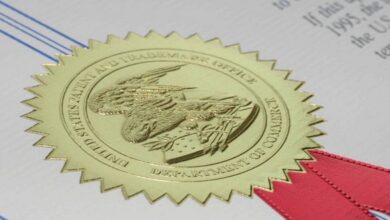
Introduction
Holding torches to light the night sky in October 1876, nearly 4,000 people rallied around a temporary platform in New Haven, Connecticut’s sixth electoral ward. One hundred twenty-two years later, nearly 2 million “hits” were recorded on the “Jeb Bush for Governor” Web page, 4,000 Wisconsin citizens signed up for an e-mail “listserv” distribution of information about Russell Feingold’s (D-WI) Senatorial campaign, and more than 14,000 users posted messages on an electronic bulletin board maintained by the campaign of Jesse “The Body” Ventura (ex-wrestler, talk show host, and current governor of Minnesota). The 1998 election was heralded as the first to demonstrate the potential of the “e-campaign.”
Lowering the Costs of Participation via Low-Cost Computing
In the poorest sections of New York City and in the Indian reservations of Arizona, most households deem themselves lucky to have a telephone, much less a computer with access to the Internet. For all of its promise as a mobilizing force, the World Wide Web is simply useless in such places today.
Before a move occurs to widespread online voting or Internet domination of political discussions, a larger portion of the population must have access to personal computers than is the case today. Luckily, the price of a PC has declined in a relatively predictable manner for almost two decades in concert with a steady rise in computing capabilities. Such trends will almost undoubtedly continue for at least several years into the future.
Audiovisual Services
Like the transition from newspaper to radio and then to television during the first half of the 20th century, the Internet has undergone in the past five years a transition from a primary text- to an image-based form of communication. Increasing bandwidth, short attention spans, and a need to differentiate a site from its competitors have driven this increase in audio and video online. As was the case with the first Web pages, audiovisual plug-ins began to appear on large commercial sites with plentiful resources, as well as on the Web sites of educational institutions.
A Case Study on the Internet as a Tool of Mass Participation: E-voting
In the March 2000 Arizona Democratic Presidential primary, the first-ever binding Internet vote in a Presidential primary, a vast number of Arizona Democrats participated relative to previous elections (Chiu, 2000). Many speculated that Internet voting mobilized the electorate and provided lower costs to voting—thus creating a higher turnout.
If we believe that some of the high turnouts for Arizona’s primary can be attributed to Internet voting than electronic referenda could gain support as an untapped resource for furthering political participation
The Mass Public in a Wired World: Old Wine in New Bottles?
In 1984, Barber imagined televised town meetings, which could allow citizens to become more involved in civic affairs. Today, his vision of a televised town hall could evolve into a teleconferencing meeting that could allow thousands to participate. The key is the technological capability and bandwidth to simultaneously stream unlimited numbers of audio and visual inputs into one electronic meeting room.
Conclusion
E-commerce was supposed to revolutionize the business world, making “bricks” a thing of the past. The post-internet hangover has demonstrated the importance of the “old rules” of investment and the preference among consumers for bricks over clicks. Similarly, the “old rules” of politics, the basic relationships between individual motivations, organizational effort, and political action, have remained stubbornly resistant to the lure of the computer revolution. Picnics and pig pickings, state fairs, and outdoor rallies remain an important part of the “retail center” of American politics.




